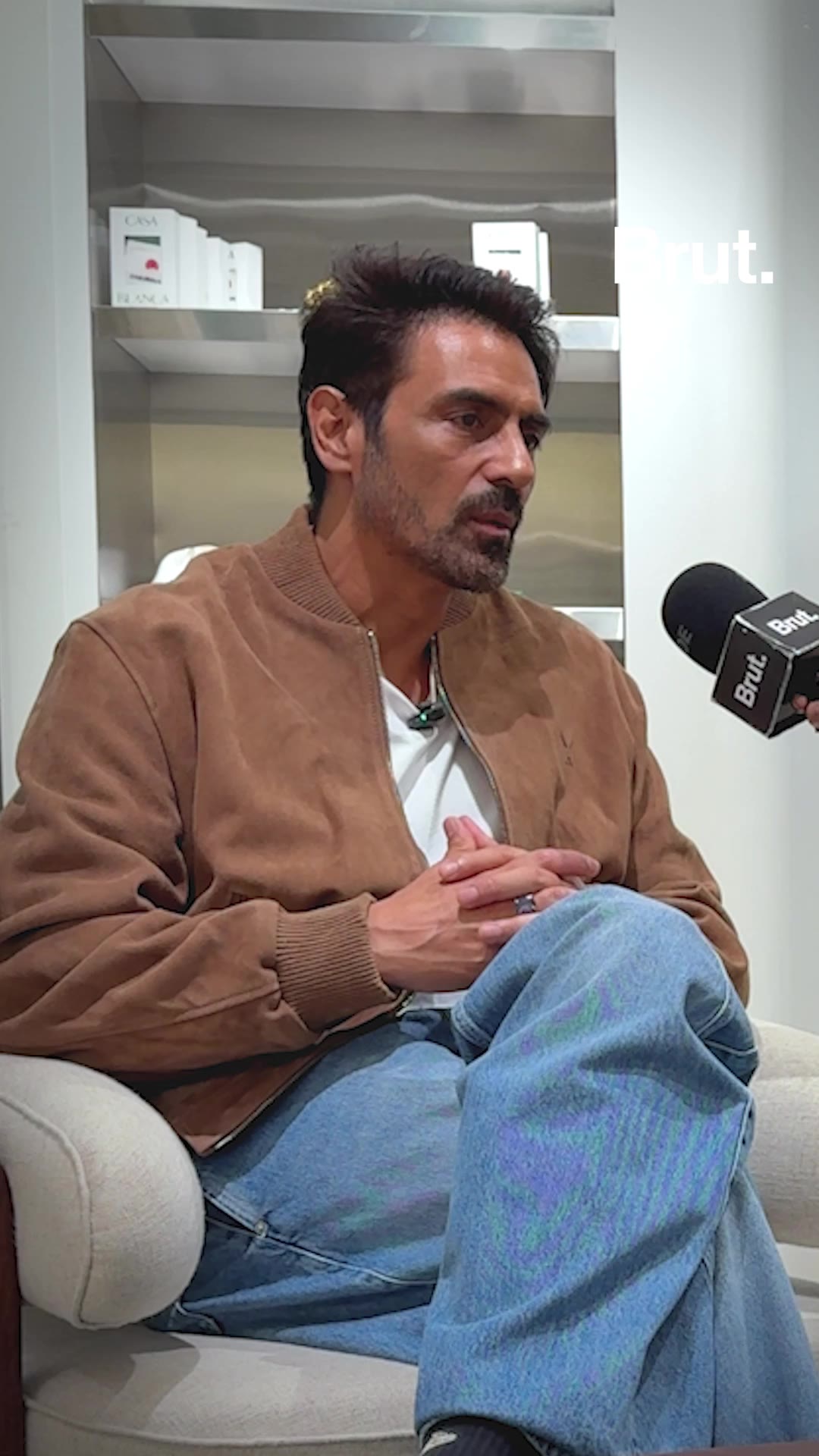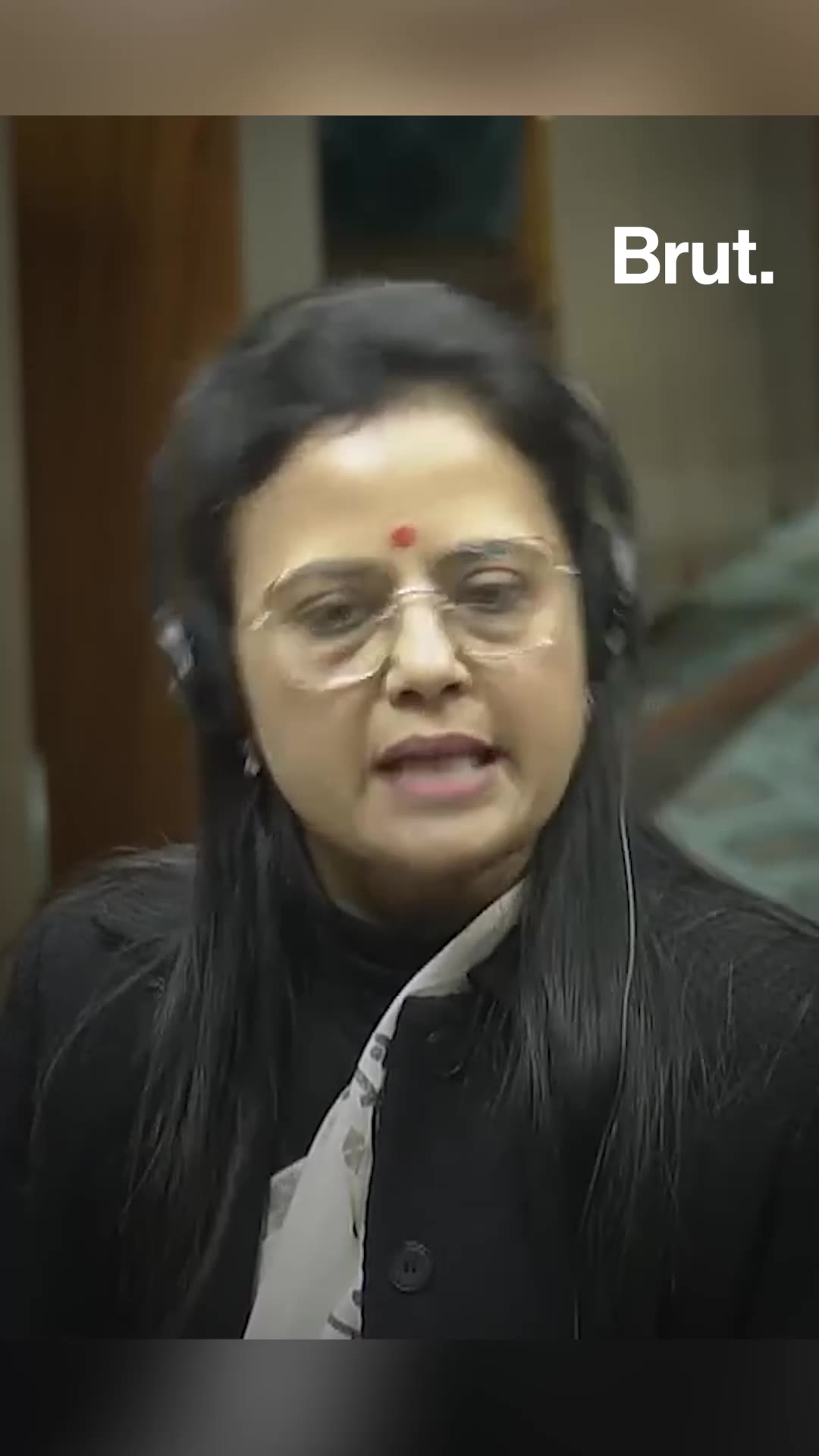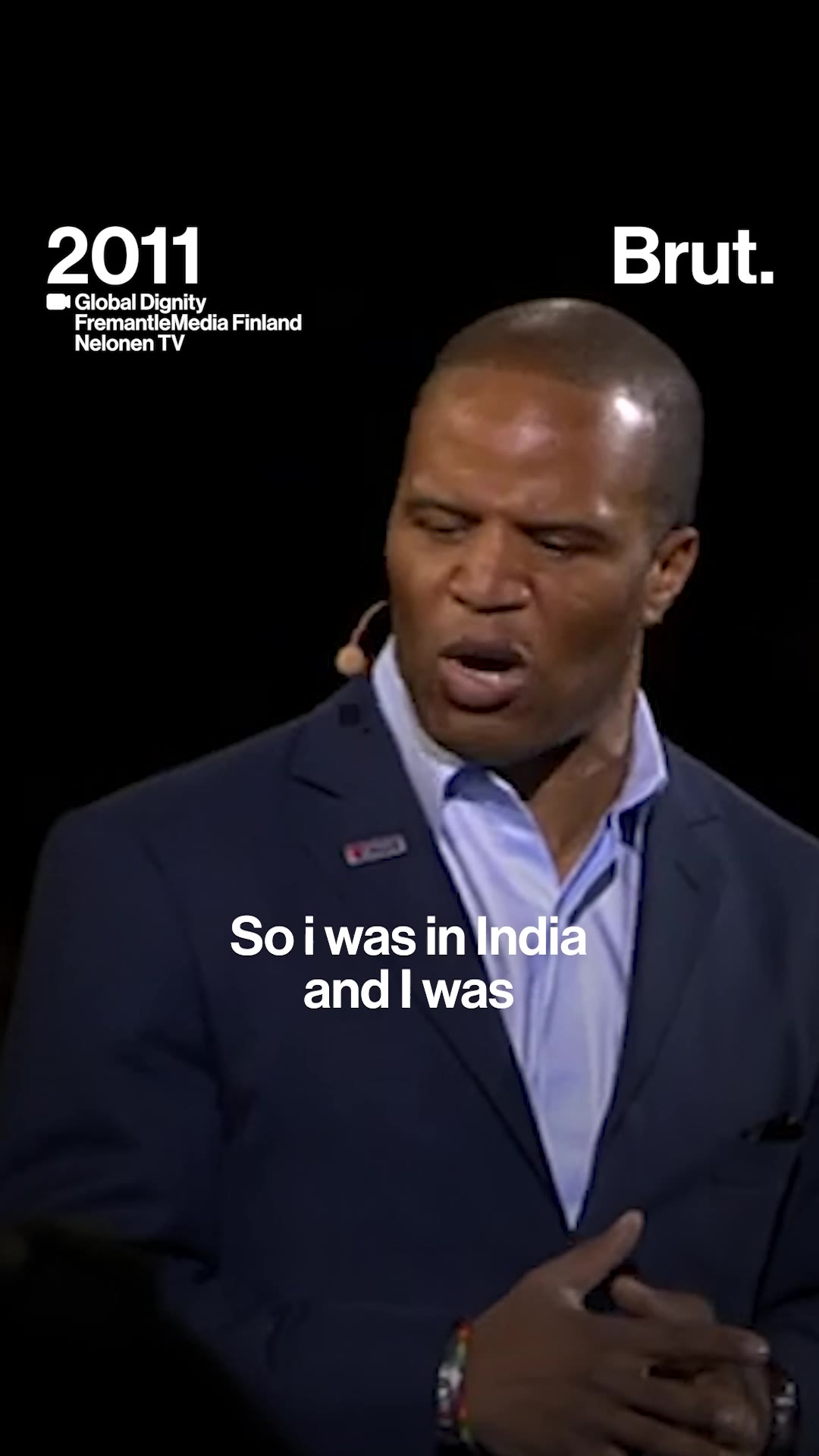Before he became the He Man of Bollywood, before the iconic dialogues, the comic persona and the action persona, Dharmendra was simply Dharam Singh Deol, a shy boy from rural Punjab who dreamt of the movies he was not allowed to watch.
Born on 8 December 1935 in Nasrali Punjab, Dharmendra grew up in a conservative household where cinema was considered taboo. Even watching a film was forbidden. But at 13 he snuck into a theatre to watch Dilip Kumar’s Shaheed. That experience shaped the rest of his life.
In his early 20s he convinced his mother to support his dream. Leaving behind his village and a strict father, he boarded a train to Bombay determined to become an actor.
A Star Who Did Not Start Like One
At 23 Dharmendra won a Filmfare talent hunt judged by Guru Dutt and Bimal Roy. Roy offered him Bandini but when the film’s production slowed, Dharmendra made his debut instead with Dil Bhi Tera Hum Bhi Tere in 1960. The film flopped but he did not stop.
Six years later he found success with Phool Aur Patthar. The shy young man from Punjab had now become a leading face in films.
Through the 1960s his presence made him a natural fit for romantic films. But Dharmendra did not want only one type of role. At 31 he played a poet in Anupama which showed another side of his work.
Competition Grit and Reinvention
The path was not smooth. He was up against Shammi Kapoor Rajendra Kumar and later Rajesh Khanna. But Dharmendra kept changing his approach.
At 34 he delivered one of his strongest performances in Satyakam a film he later called the best of his career. It also began his long collaboration with director Hrishikesh Mukherjee.
By the early 1970s Dharmendra had become an action star with films like Yaadon Ki Baarat Kahani Kismat Ki and Jugnu. He then shifted to comedy with equal ease and delivered a noted performance in Chupke Chupke at age 40.
In the same year he played Veeru in Sholay a film that became a landmark in Indian cinema.
The Love Story India Never Stopped Talking About
His on screen chemistry with Hema Malini had already drawn wide attention through films like Seeta Aur Geeta Jugnu and Dream Girl. Off screen the rumours continued.
Dharmendra married Hema Malini when he was 45. The decision drew criticism because he had not divorced his first wife Prakash Kaur whom he had married in his early 20s. With Kaur he had four children Sunny Bobby Ajeeta and Vijeta. With Hema he had two daughters Esha and Ahana.
Despite the scrutiny the family continued to grow and Dharmendra’s focus on a film legacy remained steady.
The Deols A Bollywood Family Takes Shape
At 43 Dharmendra launched Vijayta Films producing Betaab to introduce his son Sunny Deol. Years later at 60 he launched Bobby Deol in Barsaat.
He did not stop acting. Through the 1980s 1990s and 2000s he appeared in at least one film every year.
At 62 after never winning a Filmfare Best Actor award he received the Filmfare Lifetime Achievement Award.
In 2004 he entered politics and won a Lok Sabha seat from Bikaner as a BJP candidate.
At 72 he appeared with Sunny and Bobby for the first time in Apne. The trio reunited again in Yamla Pagla Deewana when Dharmendra was 77.
A Legacy That Keeps Growing
In his 80s Dharmendra continued to work. At 84 he launched his grandson Karan Deol in Pal Pal Dil Ke Paas. Soon after he announced Apne 2 which brought three generations of the Deol family together on screen.
From the boy who had to sneak into a cinema hall to the head of a long standing film family Dharmendra’s journey reflects a long and steady career.
For many in India Dharmendra remains a figure who made Hindi cinema feel familiar and personal.














